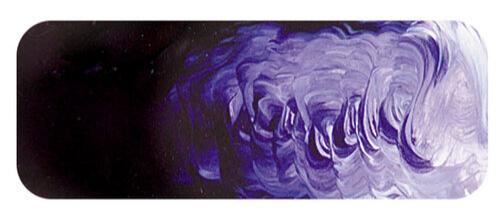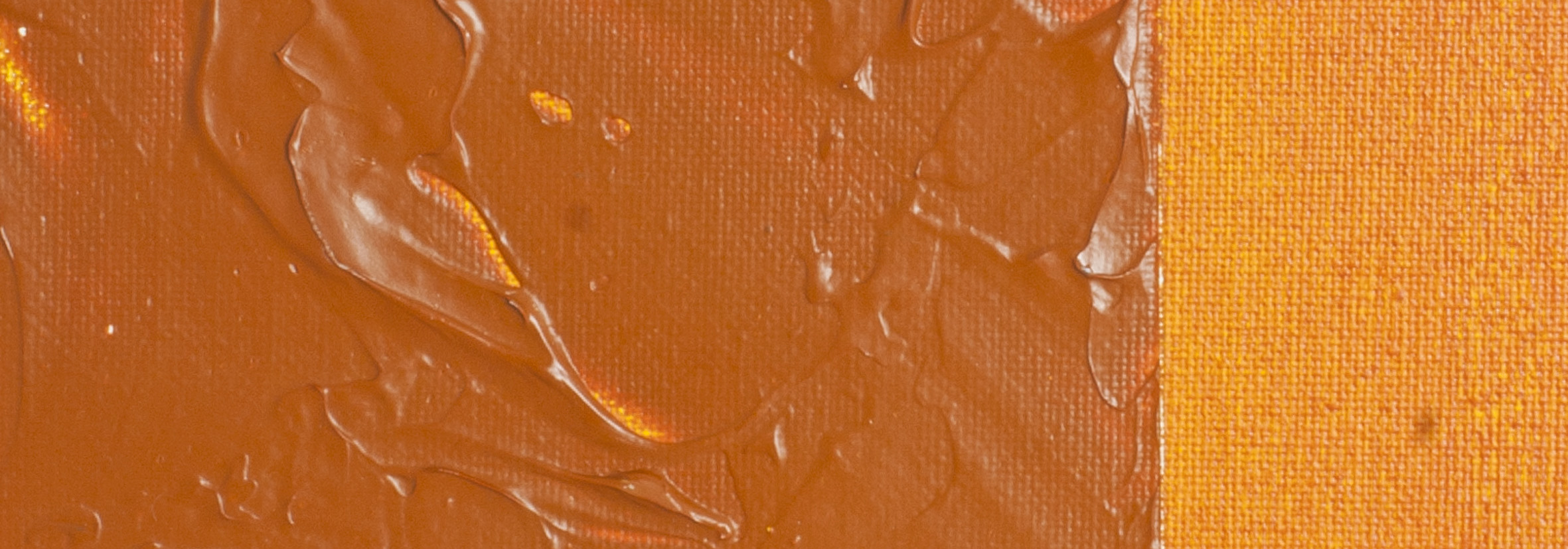Dioxazine Purple | Matisse acrylic paint
Chemical Description: Carbazole dioxazine
Pigment Number: PV23
Lightfastness Rating: ASTM II
Pigment Opacity: Transparent
Paint Opacity: Transparent
Series 3

Dioxazine Purple | Matisse acrylic paint
Origins and Prowess: The Artist's Favourite
Dioxazine Purple, originating in the earliest acrylic paint ranges, is a profound and intensely dark violet hue cherished by artists. Also known as carbazole violet, both monikers denote the same pigment. Chemically akin to pyrrole pigments, it is manufactured in substantial quantities, finding its place not only in artists' paints but also in a myriad of applications, notably as a potent component in inks, often masquerading as black Indian ink in news agencies.
ASTM Class: A Closer Look at Lightfastness
While Dioxazine Purple falls under ASTM II, it's crucial to dissect the nuances of this classification. ASTM I and II encompass a broad spectrum of lightfastness, with variations depending on the pigment. Dioxazine Purple, residing at the upper echelon of ASTM II, is renowned for minimal fading, particularly in the lightest tints. This makes it a highly lightfast pigment, instilling confidence in artists for its steadfastness over time.
Historical Palette and Modern Applications
In an era of abundant pigment choices, it's challenging to fathom a time when artists had limited colour options. Dioxazine Purple fills a historical void as, before the 19th century, viable violet pigments were scarce, compelling artists to resort to mixtures. Today, Dioxazine Purple stands as an industry standard, permeating various sectors such as plastics, inks, textiles, and paints, where it serves to warm blue pigments and tone whites.
Artistic Renaissance: The Impressionist Influence
Artists, throughout history, have revered violet's myriad variations, from delicate lavenders to opulent imperial purples adored by aristocrats and royalty. The Impressionists, notably, shifted the artistic landscape by emphasizing violet tones in shadows, eschewing the traditional use of blacks. Dioxazine Purple emerges as the quintessential tool for creating these Impressionistic hues. Whether blended with Ultramarine Blue for cooler violets or with Magenta Quin Violet for warmer tones, or even applied straight from the tube for profound purples, Dioxazine Purple is the ideal foundation for crafting the diverse spectrum of violet shades.
Versatility Unleashed: Creating the Imaginable
Dioxazine Purple stands as the universal purple or violet colour, capable of producing an array of violet shades. Its adaptability shines whether lightened with Magenta Light, Permanent Light Violet, or Australian Sky Blue. The guiding principle here is to lighten with a related colour, enhancing the vibrancy of the tints. In the artist's palette, Dioxazine Purple unveils endless possibilities, a timeless hue with the power to evoke the richness and depth of violet in all its manifestations.
Safety Data Sheet for Matisse Dioxazine Purple (SDS)
To view or download a copy of Dioxazine Purple SDS, please CLICK HERE * (271kb)
*The above link will open an external Dropbox window

To install this Web App in your iPhone/iPad press ![]() and then Add to Home Screen.
and then Add to Home Screen.

